Future iPhone displays could transmit invisible but valuable information, such as barcodes for coupons or even advanced facial recognition, according to a proposed Apple invention.
The concept was detailed in a new Apple patent application published this week, and discovered by AppleInsider. Entitled "Invisible Light Transmission Via a Display Assembly," it describes how a smaller display might transmit an invisible image that would be machine readable.
In the filing, Apple notes that a small device, like an iPhone, could include multiple display assemblies. While one display could present visual data that a user can see, another display embedded beneath it could transmit information invisible to the human eye.
This could also be accomplished in a single display by having pixels that quickly alternate between visible and invisible information. By utilizing the refresh rate of the display, the panel could simultaneously show both images on one display.
Apple's proposed invention notes that this technology could be used to display information that would be meaningless to the human eye, such as a barcode or QR code. Doing this would allow an application to present information that is relevant to the user, while the hidden code could still be scanned at a check-out counter or kiosk.
In another potential use, Apple notes that "invisible light" could be used to help illuminate a user's face or surroundings. Doing this could enable features such as facial recognition in a dimly lit room, without needing to increase the brightness of the visible display.
The concept is detailed in a a patent application filed by Apple in November of 2013, and published this week by the U.S. Patent and Trademark Office. It is credited to inventors Brian Shadle, Ehsan Farkhondeh, and Shin John Choi.
 Neil Hughes
Neil Hughes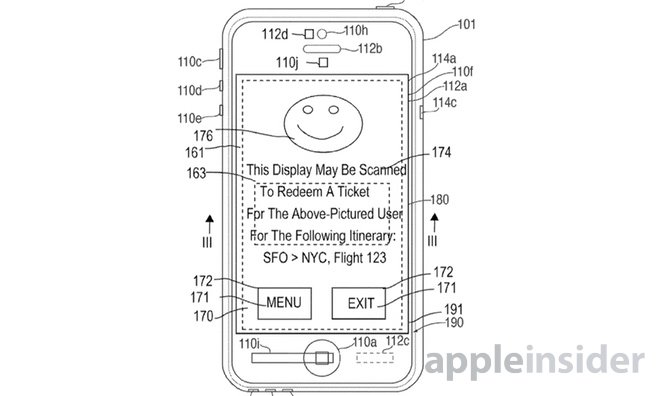
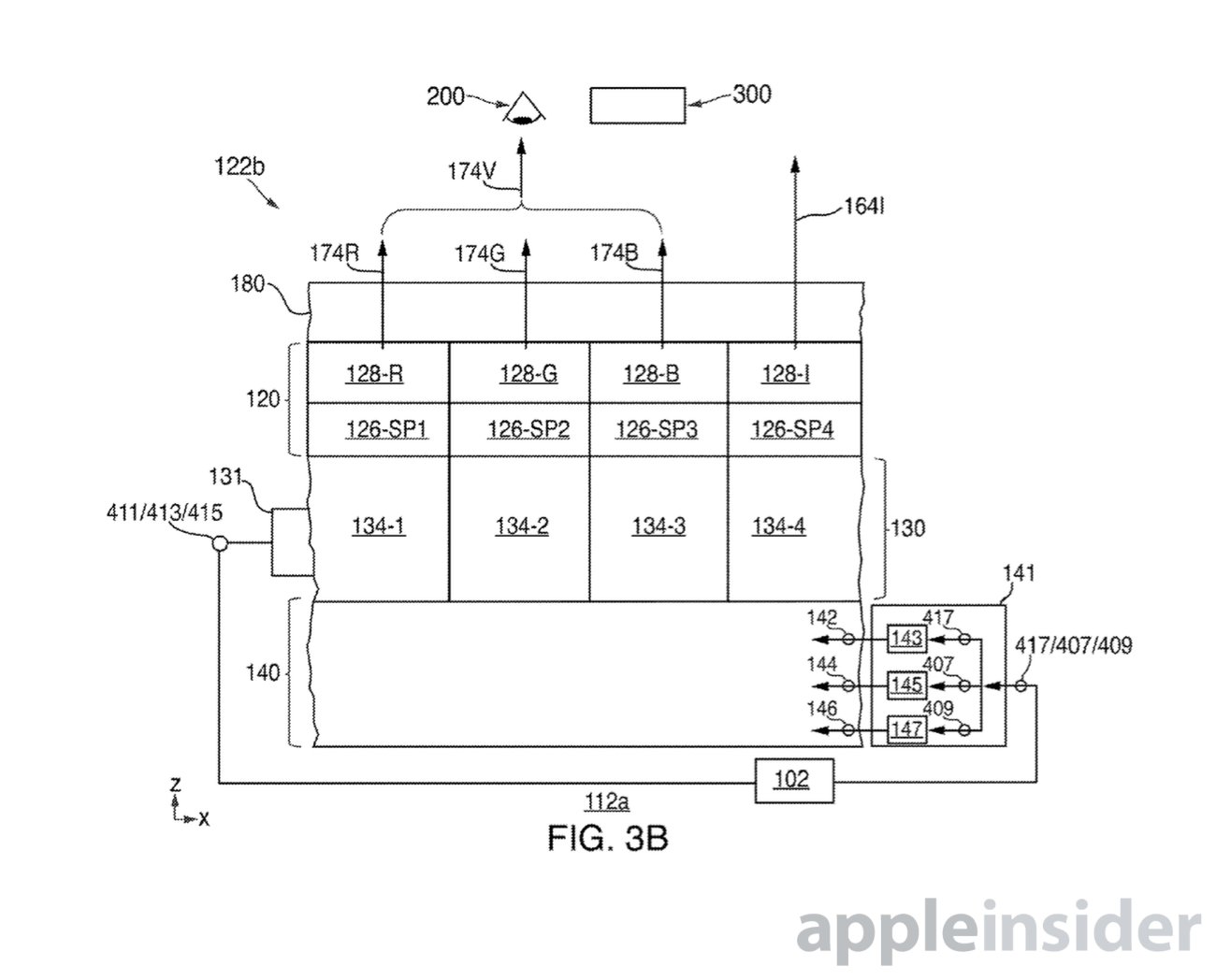


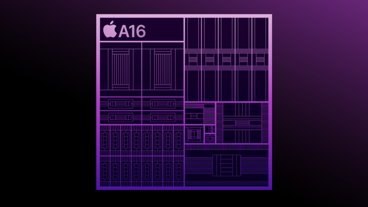
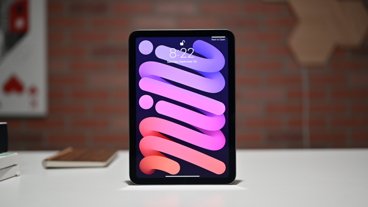




 Marko Zivkovic
Marko Zivkovic
 William Gallagher and Mike Wuerthele
William Gallagher and Mike Wuerthele
 Andrew Orr
Andrew Orr
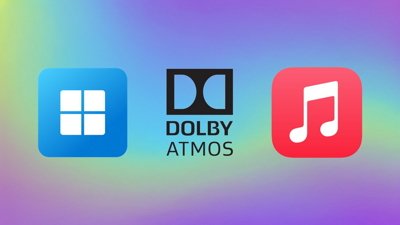
 Amber Neely
Amber Neely
 Mike Wuerthele
Mike Wuerthele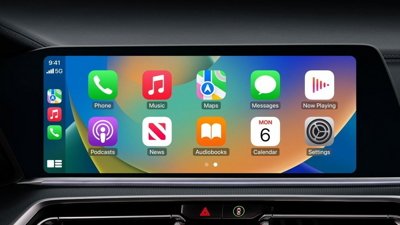
 William Gallagher
William Gallagher
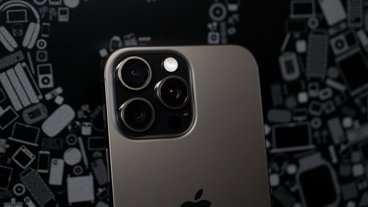
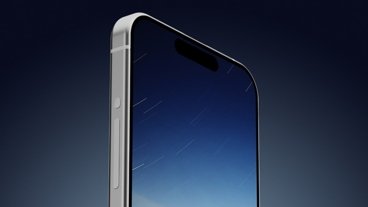
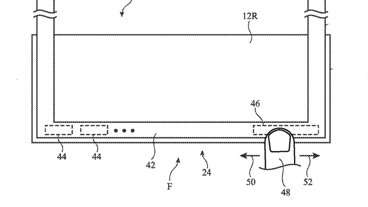







17 Comments
Mine already shows stuff I can't see or anyone else. I think . . . Still not sure what the point is. "Hey, here's the QR code. I think."
Mine already shows stuff I can't see or anyone else. I think . . .
Still not sure what the point is. "Hey, here's the QR code. I think."
It's one way to increase the useable real estate without increasing the size of the display.
subliminal advertising ====> Thank you for your order!
Wow, that's an interesting technology and a practical application. Can only mean one thing. Doomed!